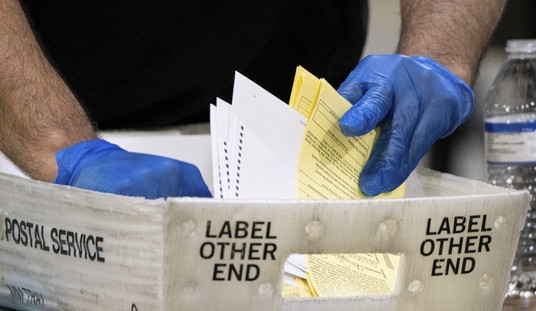For the second straight year, the American fertility rate has hit a new low:
The fertility rate in the United States fell to a record low for a second straight year, federal officials reported Thursday, extending a deep decline that began in 2008 with the Great Recession.
The fertility rate fell to 60.2 births per 1,000 women of childbearing age, down 3 percent from 2016, according to the National Center for Health Statistics. It was the largest single-year decline since 2010, when families were still feeling the effects of a weak economy.
Fertility rates are essential measures of a society’s demographic balance. If they are too high, that can strain resources like housing and education. If they are too low, a country can face challenges replacing its work force and supporting its older adults, like in Russia and Japan. In the United States, declines in rates have not led to drops in the population, in part because they have been largely offset by immigration.
In other words, by letting other countries’ peoples do the job native Americans just won’t do.
The country has been living through one of the longest declines in fertility in decades and demographers are trying to figure out what is driving it.
Gee, I wonder what happened in the past few decades to drive down fertility rates? It couldn’t be court decisions like this and this, could it? But the culturally Marxist New York Times has — of course! — an economic explanation… that somehow just isn’t quite working anymore:
Rates tend to drop during difficult economic times as people put off having babies, and then rise once the economy rebounds. But the rate has not recovered since the Great Recession. A brief uptick in 2014 did not last. The number of births has also declined, and last year was its lowest level since 1987. The fertility rate is the number of births per 1,000 women ages 15 to 44.
“Every year I look at data and expect it will be the year that birthrates start to tick up, and every year we hit another all-time low,” said Kenneth M. Johnson, a demographer at the University of New Hampshire. “It’s one of the big demographic mysteries of recent times.”
Yeah, that’s some mystery all right. Millions of children aborted, others never conceived… but hey, at least women are in the workforce, self-actualizing away in the name of progress.
Social forces are also at work. Women are postponing marriage, becoming more educated and are more likely to be the primary breadwinners for their households. “It’s hard to tell whether this is a dip that we periodically see in fertility or this is a long-term trend due to major social changes,” said Donna Strobino, a demographer at the Bloomberg School of Public Health in Baltimore.
Shannon Hettinger, a 32-year-old from Washington, D.C., said she definitely wanted children. She grew up in a large family in a small town in Pennsylvania and almost all her high school friends are married with children. But she moved to Washington, and spent her 20s deciding on a career. Now that she has one she loves — she works in residential real estate sales — she is not going to stop until she gets established. That means not having children for a while.
“I just want to build my book of business and see where I can go from here,” she said. “My whole focus is career growth. That’s my No. 1 priority. Once I achieve a certain level of success,” she added, “then I’ll start thinking about a family.”
Unfortunately, by the time many women start thinking about it, it’s too late. And so the only solution becomes: more immigration. Whether that’s best for America is debatable. The unintended (or perhaps, intended) consequences of the feminist revolution of the 1970s are having far-reaching — and soon enough, irreversible — effects on the West. We need to start facing up to them.









Join the conversation as a VIP Member